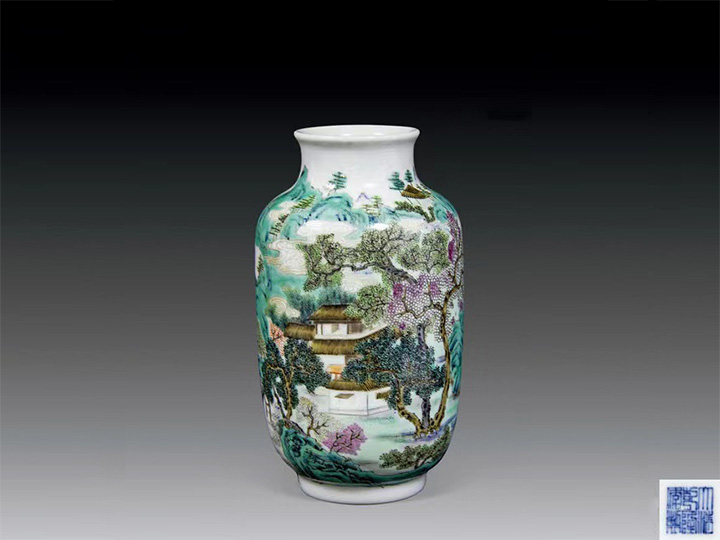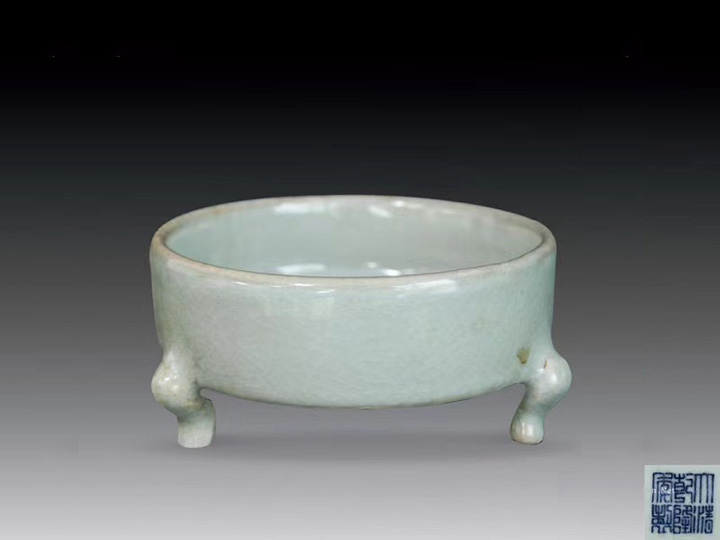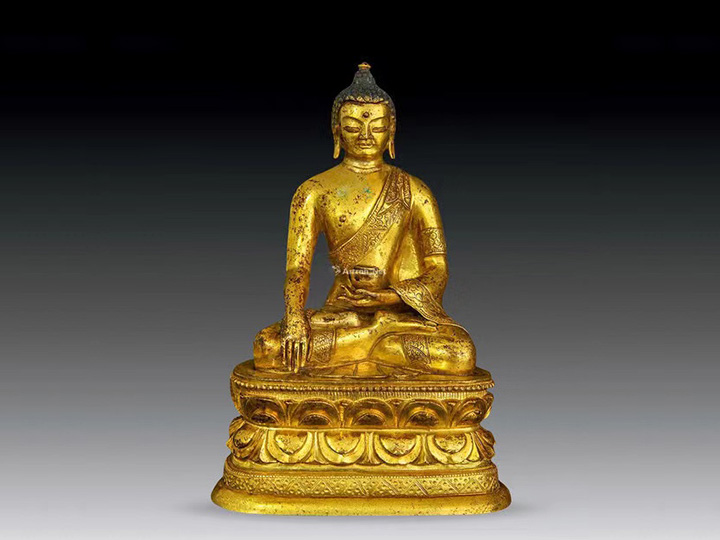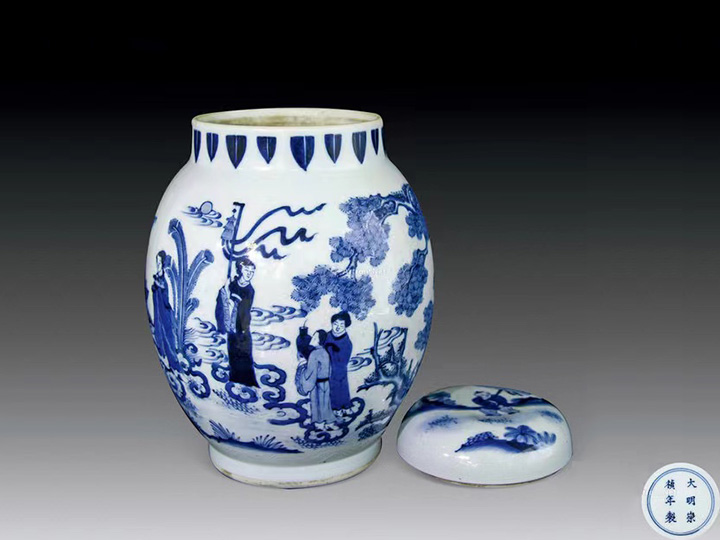Three major types of jade and stone identification techniques
- 2020-09-27
- 115 Views
The phenomenon of counterfeiting and imitation in the market, where inferior jade is passed off as good, is becoming more and more common. So, how can consumers quickly distinguish between genuine and fake jade?
Gold is valuable and jade is priceless. Experts say that jade can be divided into jade and stone. Jade can be divided into two types: soft jade and hard jade, with hard jade also known as jadeite. The phenomenon of counterfeiting and imitation in the market, where inferior jade is passed off as good, is becoming more and more common. So, how can consumers quickly distinguish between genuine and fake jade?
Identification of Jade:
(1) Water identification method. Drop a drop of water onto the jade, and if it forms a dewdrop shape and does not disperse for a long time, it is a true jade.
(2) Hand touch method. If it is real jade, it feels cold and smooth when touched by hand.
(3) Observation method. Observing the jade towards a bright spot, it is true jade that is semi transparent in color and uniform in color.
(4) Tongue tip identification method. Licking real jade with the tip of the tongue feels astringent, while fake jade does not. It is reported that common fake jade is usually processed from plastic or glass. If the plastic can be easily moved with a steel needle or scratched, it can be held lightly in the hand. Glass displays bubbles inside under light or sunlight, and raw materials are used to create vortex like stripes.
Identification of Jadeite:
(1) Texture. Natural jadeite has a transparent or semi transparent texture, with a shiny and oily surface. Upon careful observation, one can see nearly circular, slightly transparent "salt particles" and fibrous material surrounding them.
(2) Hardness. Natural jade is hard jade, carved with sharp knives without leaving any marks.
(3) Cuixing. When natural jade is observed under strong light, it can be seen that there are other mineral particles with a greenish flash, which is called emerald flower or emerald nature.
(4) Relative density (specific gravity). Natural jadeite has a hard and tight structure, no bubbles, a high density, and a crisp sound when struck.
(5) Color. The genuine product has a rich and pure emerald color.
Identification of Agate:
The obvious difference between natural agate and fake agate is that it has a concentric layered structure in its cross-section. Using this mark, the whole agate is easier to identify, while the finished product after cutting is prone to misidentification due to the lack of neat and obvious patterns.
Generally speaking, natural agate has a cool touch and a surface that feels like it has been coated with a layer of wax, with a waxy luster. It is semi transparent and cannot be carved with a small knife; After surface grinding, it is very delicate. When rubbed rapidly on a hard wooden board for more than ten times, the agate is not hot, but the wooden board is hot; Colors are often mixed together to form beautiful patterns, layers, brocades, and other colorful designs.
Besides artificial synthesis, a portion of fake agate is made from stone. Its basic characteristics are: although it feels cool, there is no waxy feeling or luster, it is opaque, and the boundaries between colors are clear.






